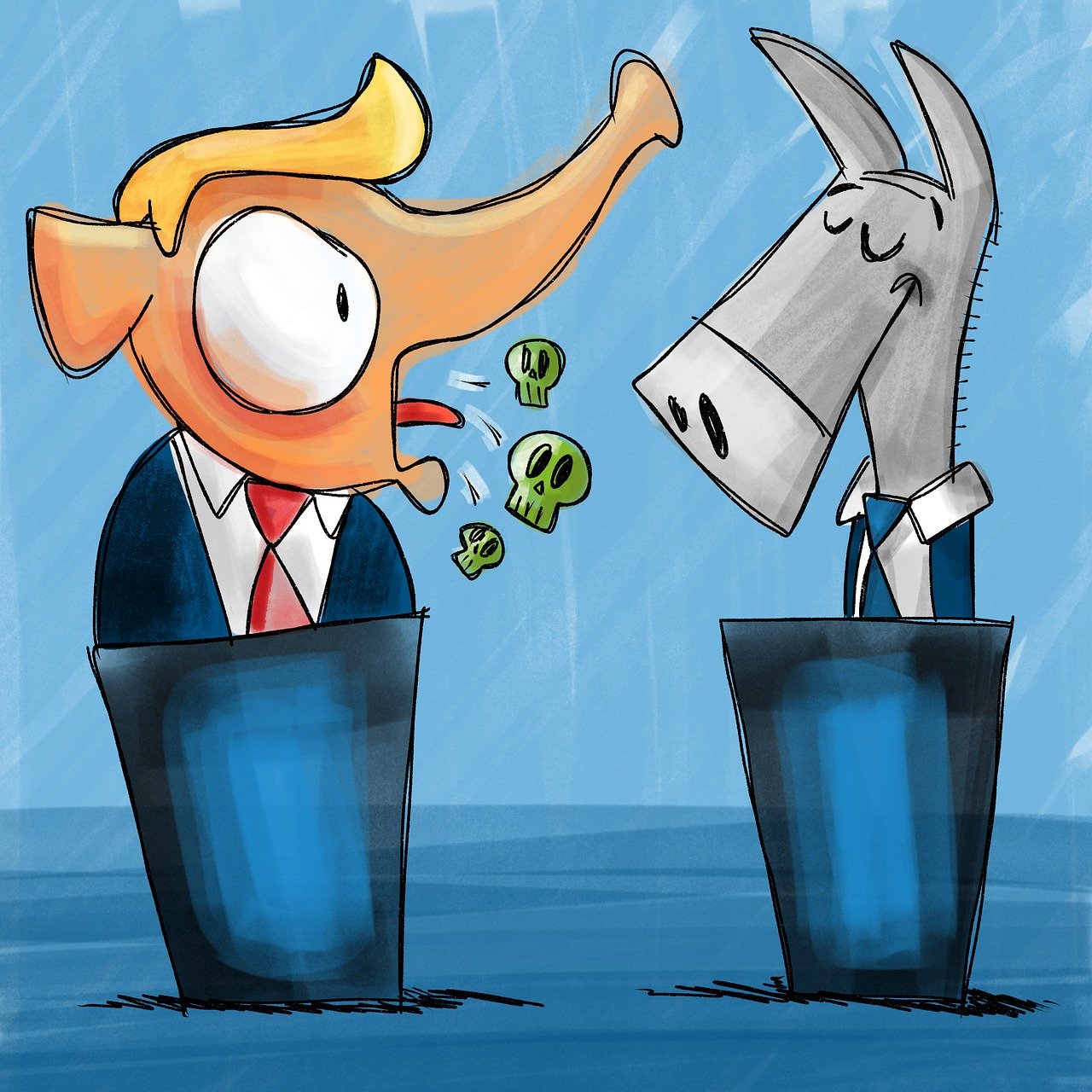Election Campaign Spending and Electoral Outcomes
Campaign spending has been a topic of growing importance in modern politics. From local races to presidential elections, candidates are allocating increasing amounts of funds to their campaigns. Data indicates a steady rise in campaign spending over the years, with candidates often relying on donations from individuals and organizations to finance their efforts.
The surge in election campaign spending has led to concerns about the influence of money in politics. Critics argue that high levels of spending could skew the democratic process, giving an advantage to well-funded candidates and potentially undermining the representation of the interests of all voters. As a result, campaign finance regulations have become a key point of discussion in efforts to ensure fair and transparent elections.
Impact of Campaign Spending on Voter Behavior
Campaign spending has a significant influence on voter behavior in modern political landscapes. Political candidates allocate vast amounts of funds towards their campaigns in hopes of gaining voter support and ultimately securing victory in elections. Research shows that higher levels of campaign spending often correlate with increased voter turnout, as candidates use their financial resources to reach a wider audience and convey their messages effectively.
Moreover, the impact of campaign spending extends beyond just voter turnout. It also plays a crucial role in shaping voter perceptions and attitudes towards candidates. Candidates who are able to invest more in their campaigns tend to have greater visibility and control over their public image, which can sway voter opinion in their favor. As a result, campaign spending is a fundamental aspect of contemporary political strategies that directly influence how voters perceive and ultimately choose their preferred candidates during elections.
Role of Social Media in Campaign Spending
Social media has revolutionized political campaign strategies, providing candidates with a dynamic platform to reach a broader audience and engage with voters on a more personal level. The ability to target specific demographics and tailor messages accordingly has made social media an indispensable tool in modern campaign spending. With the rise of social media influencers and viral content, the reach and impact of campaign spending have extended far beyond traditional advertising channels.
Moreover, the real-time nature of social media allows for quick adjustments to campaign strategies based on feedback and analytics. Candidates can closely monitor responses to their messages and adapt their spending accordingly to maximize their influence and visibility. This instant feedback loop has reshaped the way campaigns allocate their resources, emphasizing the importance of strategic and targeted spending in the ever-evolving landscape of political communication.
What are some trends in election campaign spending?
Election campaign spending has been steadily increasing over the years, with candidates and parties investing more money in advertising, travel, and staff salaries.
How does campaign spending impact voter behavior?
Campaign spending can influence voter behavior by increasing a candidate’s visibility, shaping their image, and reaching out to a wider audience. Voters may be swayed by the messages and advertisements they see during a campaign.
What role does social media play in campaign spending?
Social media has become a key platform for political campaigns to reach voters, engage with them, and spread their message. Candidates and parties can target specific demographics, track engagement, and use social media advertising to reach a larger audience.
How has social media changed the landscape of campaign spending?
Social media has allowed for more cost-effective ways of reaching voters compared to traditional forms of advertising like TV commercials or print ads. Candidates can directly engage with voters, respond to their concerns, and build a community online. This has led to a shift in how campaign funds are allocated, with more being invested in digital advertising and social media management.







